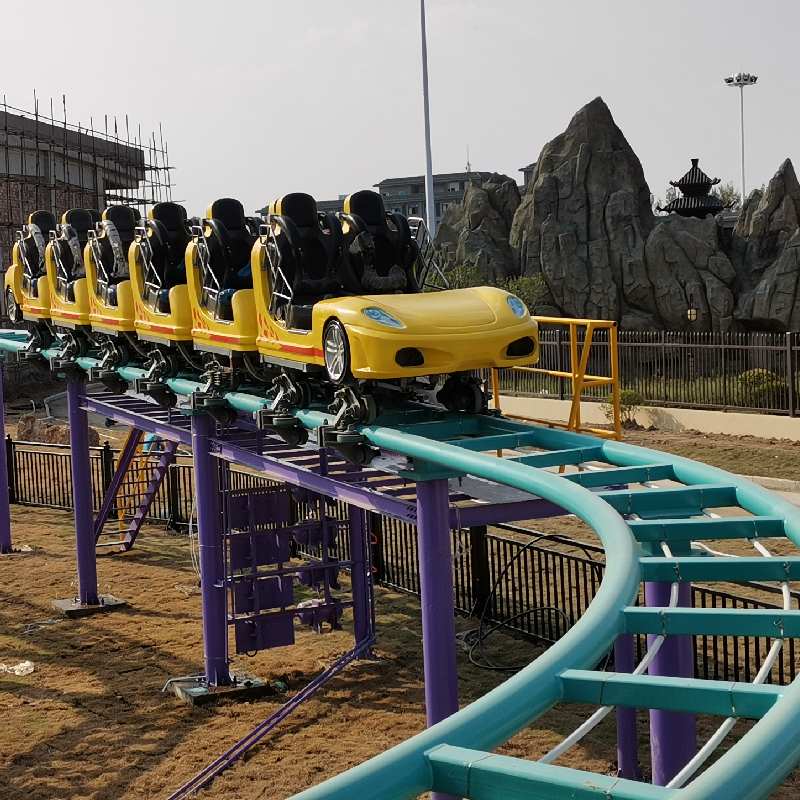- Albanian
- Arabic
- Belarusian
- Bengali
- Czech
- English
- French
- German
- Hebrew
- Hungarian
- Indonesian
- irish
- Italian
- Japanese
- kazakh
- Persian
- Russian
- Thai
- Uzbek
- Vietnamese
types of roller coaster rides
Types of Roller Coaster Rides
Roller coasters are iconic thrill rides that have captivated the hearts of amusement park enthusiasts for decades. They come in various styles and designs, each offering unique experiences that cater to different preferences and thrill-seeking appetites. This article explores the various types of roller coaster rides, their characteristics, and what makes each one distinct.
1. Wooden Roller Coasters
Wooden roller coasters are among the oldest types of coasters, with their origins dating back to the early 19th century. These rides are constructed primarily from wood, providing a classic, nostalgic experience. The structure of wooden coasters typically features a series of hills and drops, with less emphasis on inversions. Riders often enjoy a smoother, yet rougher ride due to the natural flexibility of the wood. Notable examples include the Jack Rabbit at Kennywood and the wooden coaster capital of the world, Holiday World in Indiana.
2. Steel Roller Coasters
Steel roller coasters revolutionized the amusement ride experience when they emerged in the mid-20th century. Unlike their wooden counterparts, steel coasters allow for more intricate designs, including loops, corkscrews, and multi-directional twists. The smoothness of steel tracks leads to an exhilarating ride experience. Steel coasters can also reach higher speeds and greater heights than wooden ones, contributing to their popularity. Iconic steel coasters like Steel Vengeance at Cedar Point and Fury 325 at Carowinds exemplify the engineering marvels of this category.
Inverted roller coasters are designed so that the track runs above the train, leaving riders suspended beneath the tracks. This phenomenon allows for thrilling inversions such as loops and corkscrews while giving riders an unobstructed view of the ride ahead. The sensation of hanging below the tracks adds an extra layer of excitement. Famous examples include Banshee at Kings Island and Batman The Ride at Six Flags parks.
4. Suspended Roller Coasters
types of roller coaster rides

Suspended coasters are similar to inverted coasters in that the seats swing freely beneath the track. This design allows for an even more dynamic experience, as riders feel the effects of the twists and turns more dramatically. These coasters often feature longer, more flowing layouts compared to traditional coasters. One notable example is The Riddler's Revenge at Six Flags Magic Mountain, where the suspended seats enhance the sense of weightlessness during inversions.
5. Looping Roller Coasters
Looping roller coasters are designed explicitly to include one or more vertical loops in their track layout. Riders experience a combination of exhilarating speed and gravity-defying inversions, making them extremely popular among thrill-seekers. The engineering of these coasters ensures that riders remain safe while enjoying high-speed thrills and dramatic changes in G-forces. The Smiler at Alton Towers, with its record-breaking number of inversions, and Kumba at Busch Gardens Tampa are excellent examples of this type of coaster.
6. Launch Coasters
Launch coasters use rapid electric launches to propel trains forward at high speeds, eliminating the traditional lift hill associated with most roller coasters. This technology results in an intense burst of speed from the start, which can simulate the experience of rocket launches. Notable launch coasters include Cheetah Hunt at Busch Gardens Tampa and Kingda Ka at Six Flags Great Adventure, which is known for its gigantic height and speed.
7. Hybrid Roller Coasters
Hybrid roller coasters blend the features of both wooden and steel coasters, combining the classic feel of wood with the speed and smoothness of steel. These coasters often maintain wooden structures while utilizing steel tracks or other modern enhancements. They have gained popularity in recent years for their unique ride experiences. An example of a hybrid coaster is Outlaw Run at Silver Dollar City, known for its steep drops and inverted sections.
Conclusion
In conclusion, roller coasters offer a diverse array of exhilarating experiences, each categorized by its unique design and mechanics. From classic wooden coasters to thrilling launch coasters, the ride types cater to various tastes, ensuring that everyone can find a coaster that suits their thrill-seeking spirit. As technology advances, the future of roller coasters holds the promise of even more innovative designs and unforgettable experiences, keeping the excitement alive for generations to come. Whether you prefer the nostalgia of wooden coasters or the adrenaline rush of steel designs, each ride provides a unique thrill that is sure to create lasting memories.
-
Flume Ride-Hebei Zhipao Amusement Equipment Manufacturing Co., Ltd.|Thrilling Water Attraction&Customizable DesignJul.30,2025
-
Flume Ride - Hebei Zhipao Amusement Equipment | Water Coaster, Thrilling DescentJul.30,2025
-
Flume Ride - Hebei Zhipao | Thrilling Water AttractionJul.30,2025
-
Flume Ride: Thrilling Water Attraction by Hebei Zhipao|Log Flume Manufacturers&Flume Ride DesignJul.30,2025
-
Flume Ride-Hebei Zhipao Amusement Equipment Manufacturing Co., Ltd.|Thrilling Water Coaster, Safe DesignJul.30,2025
-
Flume Ride-Hebei Zhipao Amusement Equipment Manufacturing Co., Ltd.|Thrilling Water Attraction, Safe DesignJul.30,2025
